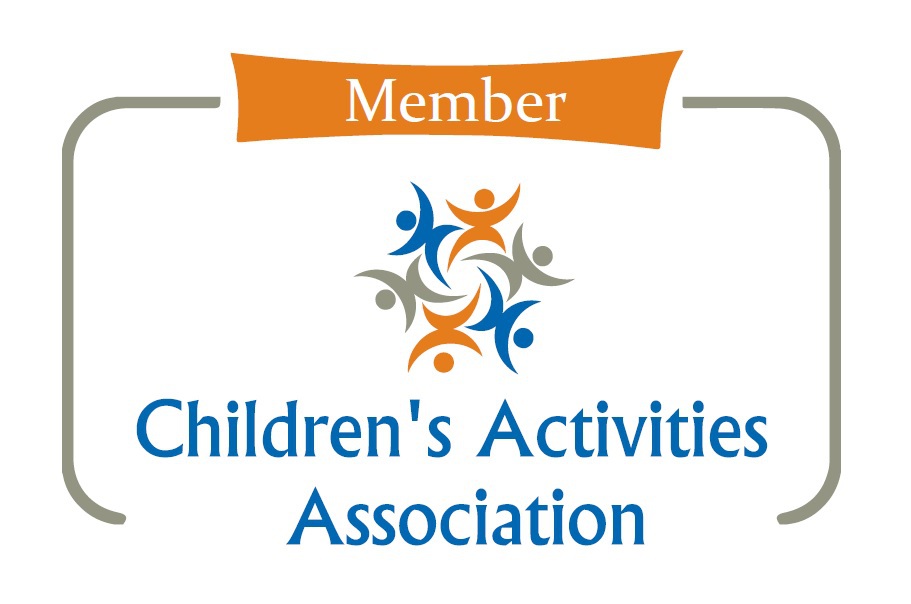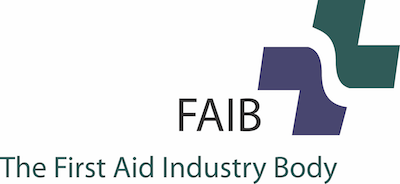As a new parent, it feels like at the 3-4 month stage you’re just making some headway – you’ve got over the initial shock of being entirely responsible for a tiny human, you’ve just about got some semblance of routine going on and if your kids are anything like my daughter, the torture of colic is starting to abate and 5pm is no longer filled with dread! But then Mother Nature kindly kicks in and offers you the gift of teething . . . it feels like a cruel slap in the face. For those going through teething right now, this week’s blog is for you – we wish you the best of luck!
When do baby teeth appear and in what order?
- Amazingly, teeth start forming in babies' gums from 2 months of pregnancy. At birth, all of the milk teeth are therefore already formed and sometimes, a baby can be born with a tooth!
- Teething can start as early as 3 months – more on what to look out for later.
- Bottom incisors, or the bottom front teeth tend to come through first at around 5-7 months.
- The top incisors or the top front teeth tend to come through at around 6-8 months.
- Next come the top lateral incisors which are either side of the top front teeth – these usually break through at around 9-11 months.
- You’ve guessed it, the bottom lateral incisors are next at around 10-12 months.
- A baby’s first molars (back teeth) will come through any time between their first birthday and 16 months.
- The canines, otherwise known as the “pointy ones” appear between the lateral incisors and first molars at around 16-20 months.
- And finally for the milk teeth, the second molars will come through at approximately 20-30 months.
This means that most children will have all of their milk teeth by the time they are 2-3 years old. Dentists call these teeth “deciduous teeth” because they shed to create our permanent teeth!
When does teething start and what are the symptoms?
There’s a huge range here, so don’t be alarmed if your baby is the first or last to start teething amongst your circle of parent friends. It can happen anywhere between birth and a year of age, but is most common around the 5-6 month mark.
Some babies (and their oh so lucky parents!) will experience no pain or discomfort at all during teething. But it is more likely you will notice at least some symptoms. After all, the milk teeth are literally “cutting” the surface of the gum to break through. Just remember, as horrible as it sounds, this is a totally natural process that all babies go through.
Symptoms of teething include:
- A sore red gum where the new tooth is coming through.
- A mild temperature of less than 38C.
- A rash on your baby’s face.
- A cheek which is flushed on one side – this will be where the tooth is cutting through.
- Rubbing an ear.
- More dribble than usual – this can be enough to saturate several dribble bibs and sets of clothing in one day so don’t be alarmed!
- Your baby might want to gnaw and chew on things a lot, including your finger.
- Irritability.
- Interrupted sleep.
If you notice any signs of bleeding gums or diarrhoea, or anything that is really concerning you, contact your GP or call 111. You know your baby best and if you have any worries, it is best to get these checked.
How can I help my baby through the pain and discomfort of teething?
There’s the obvious reason you’ll want to take some measures to help your baby with their teething – no parent wants their child to be in pain. But also don’t underestimate the toll a teething baby can take on you. It can be really stressful to listen to and watch your baby in distress and it can drive some parents to despair, especially when you’re already sleep deprived and potentially overwhelmed by the huge change having a baby has brought to your life. Be kind to yourself, ask for extra help if you can, and talk to family and friends about what they went through / are going through with teething. Chances are you’ll find another parent feeling exactly the same, and this can be a huge source of comfort.
But how do you help baby? This takes a bit of guesswork as babies are not all cut out of a mould, and what helps one will not help another. Give the following a try and see what combination works:
- Distraction is your first port of call. Comforting baby with a cuddle, some soothing songs and playing with them can sometimes be enough to distract them from their distress.
- Rubbing their gums very gently with a (clean!) finger can help soothe the pain. The area where the tooth is cutting is often red and inflamed so target this area for maximum relief.
- Teething rings / toys can be used as something to safely chew on which relieves the painful sensation in gums. The best ones are the ones that can be cooled in the fridge first – check the instructions for how long and remember to never put it in the freezer as a frozen teething ring can damage your baby’s gums. Also don’t tie a teething ring around your baby’s neck as it could become a choking hazard.

- If your baby is enjoying chewing their fingers, your fingers or toys, and is 6 months or older, you could try giving them some healthy things to chew on – even better if it is cool from the fridge, like a thin stick of cucumber. Breadsticks or soft veg like cooked broccoli spears can also be useful. Make sure you always watch your baby whilst eating to avoid choking. Also make sure you avoid giving them anything too sugary – even traditional teething biscuits contain sugar and can start the process of tooth decay.
- There’s not much evidence to support the use of teething gels, which contain a mild anaesthetic, but if you do decide to try one, make sure you speak to a pharmacist about which one is most appropriate and safe for your baby. It’s thought that it is more the action of your finger rubbing the gums that provides the relief, than the actual gel.
- If your baby is really distressed with the pain, you can use a painkiller in the form of paracetamol or ibuprofen from the age of 3 months or over. Carefully check the bottle for the correct dosage. Make sure you never give a baby aspirin as it is not suitable for those under the age of 16.
- If you’ve got a very dribbly baby, you will need to watch out for teething rash, which can develop from having constantly wet skin and clothes around their chin and neck. It is blotchy and red on white skin, but may look more purple on brown and black skin. Teething rashes can also make skin appear chapped and dry. They are hard to avoid in really dribbly babies, but to try and prevent it, carry loads of spare dribble bibs and tops when out and about, or regularly change your baby’s top half if at home. Use a soft cloth like a fresh muslin to wipe wet chins, and try a petroleum jelly like Vaseline around baby’s mouth, chin and neck to provide a barrier between the skin and the dribble.
Caring for baby’s new teeth
As soon as that troublesome first milk tooth breaks through, you need to start looking after it. Teething is the gift that keeps on giving!
Make sure you use a toothbrush appropriate for a baby – ask your health visitor, family dentist or pharmacist if unsure – with a tiny smear of fluoride toothpaste (once your child is 3 years you can move up to a pea-sized amount).
It’s not that easy to brush a baby’s teeth, so try sitting with them on your knee and their head resting against your chest. Don’t worry if at first you can’t manage this twice a day – the important thing at this stage is to keep the emerging teeth clean and start to establish daily routines.
You can also listen to our Family Health by Mini First Aid dental hygiene podcast, which discusses caring for teeth from babyhood to adulthood.
The start of teething can feel like the start of a marathon – you
know you are in it for the long haul and it’s going to be a tiring and painful
process. From experience, I can promise it will get easier to deal with as you
learn the signs that a new tooth is coming through, and which pain / comfort
solutions your baby best responds to. For us the signs were an increase in dribble and
grumpiness, combatted by a well known giraffe shaped toy, and an occasional
dose of ibuprofen. I can still remember that gummy sensation of my finger being
chewed on when we lost said giraffe toy and had to wait for a delivery of a new
one! I hope you find your own solutions but in the meantime talk to family,
talk to friends, scream into the wind and be nice to yourself – it's ok to hate
teething!
All the best, Mini First Aid’s Charlotte xx
Source: NHS UK
Our gold award winning Family First Aid Kit
Voted Best Safety Product at The Mother and Baby Awards 2024, every household should own our Family First Aid Kit. We'd also recommend keeping one in your car - the foil blankets are especially designed for breaking down in cold weather, or to use in a car accident to help deal with shock.
Also comprising a digital thermometer, this kit can be useful in confirming the symptoms of teething.










